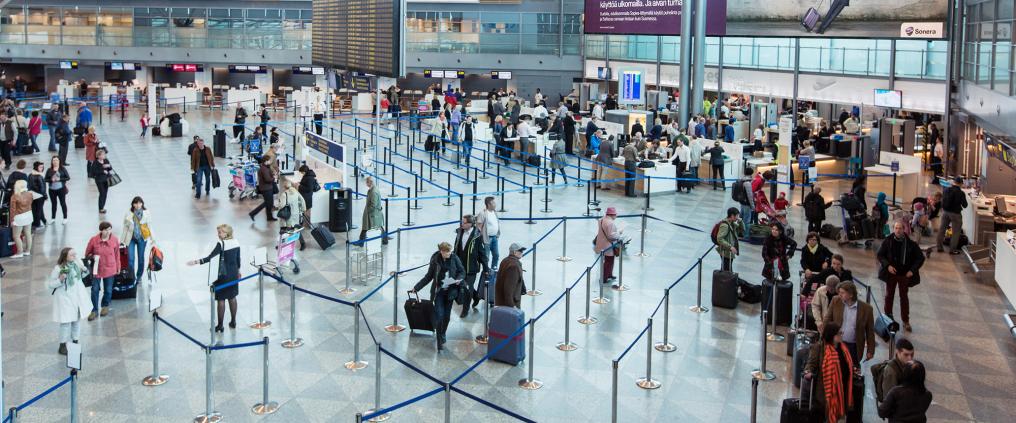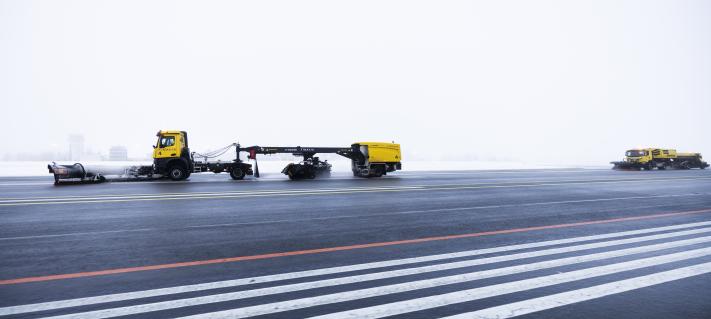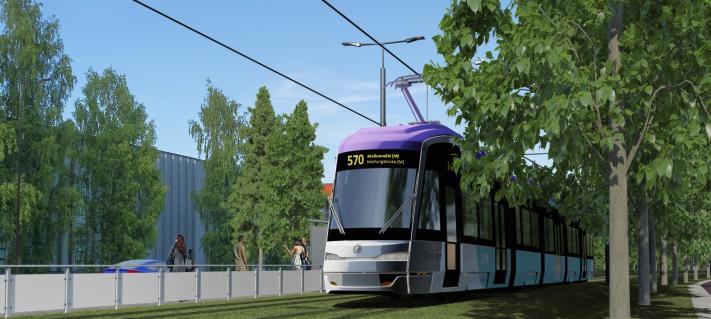Analytics is helpful in understanding what takes place at the airport and how passenger flows move. The information obtained serves to assess the need for capacity at security and border control points and to allocate resources to commercial services and passenger guidance.
“Analytics is a significant tool which helps us to produce a good passenger experience. To customers, it can be seen in shorter queues, correctly timed guidance and available information,” says Eero Knuutila, service development manager for Finavia.
Identification based on Wi-Fi
Helsinki Airport uses an indoor positioning system offered by Walkbase that can be used to analyse passenger flows, allocate marketing and offer personal services using positioning data.
“At best, the system allows us to reach up to 85 per cent of all passengers. What is interesting about the analysis function is not the figures themselves, but that it offers information about repeated behavioural patterns and any changes in them,” says Juha Mattsson from Walkbase.
Analytics cannot be used to identify individuals or collect personal data; instead, it monitors the movements of passengers as groups. The system identifies devices that send Wi-Fi signals and gives each of them a unique ID that it then begins to monitor.
According to Mattsson, the accuracy of the signal is the best there is, meaning that individual devices can be located at an accuracy of two to three metres.
“In fact, privacy protection is better than in a CCTV system because all we see is the location of a device. We cannot collect any information about its user or the data it transmits,” Mattsson says.
Benefits for operational airport planning
The airport benefits from analytics in a number of ways. It shows which parts of the airport are the most popular and which are underused, as well as where people like to spend their time. This helps to plan operations.
What is more, the system also shows how people move to their gates, that is, how much time they spend using commercial services. It is also important to see how much time people spend before, during and after the security checkpoint.
“We have noticed that frequent travellers spend much more time using commercial services than those who travel more rarely, even though their overall stays at the airport are shorter. Frequent travellers are also more efficient at passing through the security check,” Knuutila says.
Furthermore, analytics serves, for example, to analyse the behaviour of transit passengers at the airport and identify how many of them exit the airport between flights for stopovers in Finland.
Finavia is continuously developing its digital services
Passengers at Helsinki Airport have already access to a smartphone app to identify their location at the airport and view recommendations of interesting services. In the future, it will be possible to utilise analytics in the positioning of personnel.
“We want to understand passengers’ behaviour better. Our partners, such as airlines and airport businesses, also need information that helps them to plan their activities,” Knuutila says.
Webinar: Developing airport operations with analytics
At the webinar organised by Walkbase, Eero Knuutila describes how Finavia is developing the airport and improving its efficiency by, for example, analysing queueing times and passenger paths and by identifying bottlenecks.



